What's new in Swift Release 22 in September?

Swift Release 22 – September features the following new capabilities:
Multi Language Support in Swift
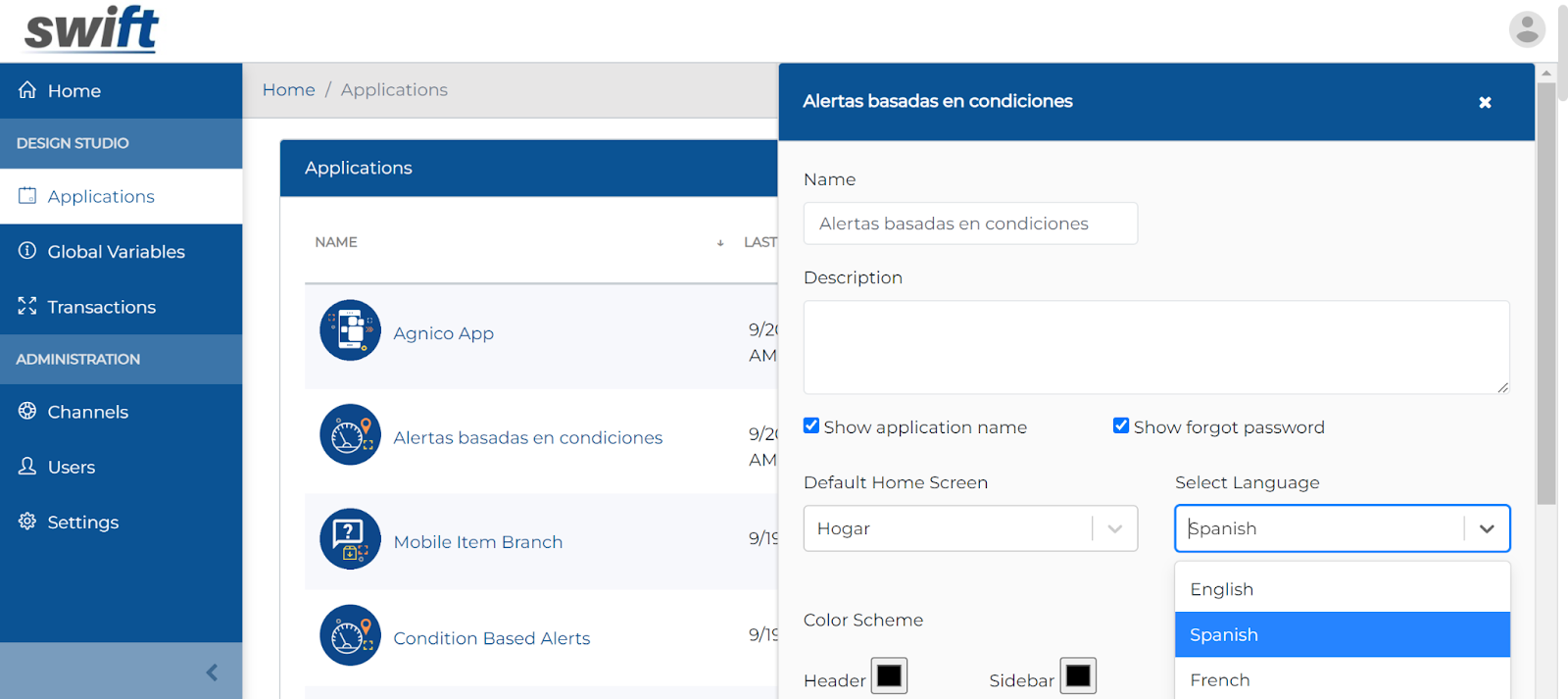
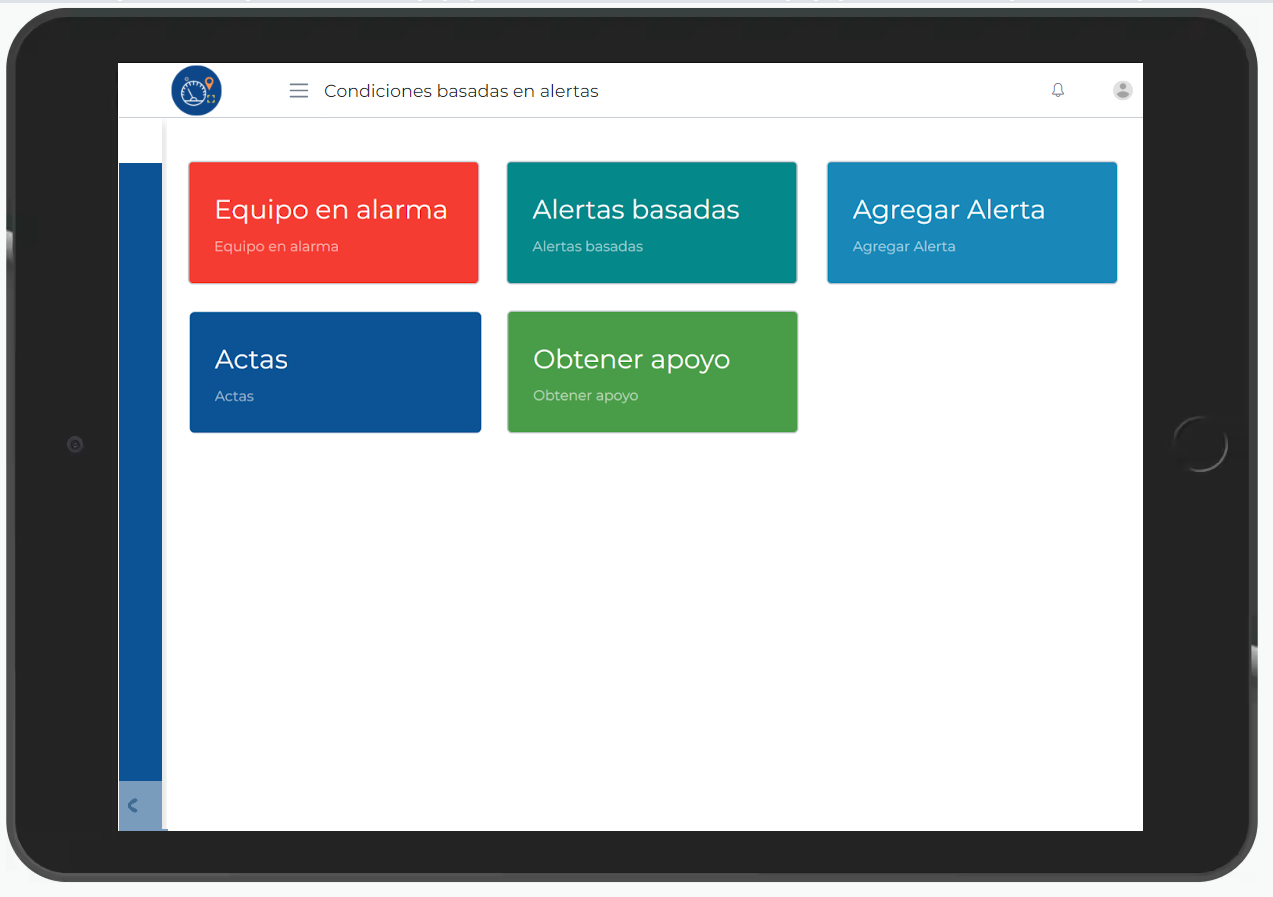
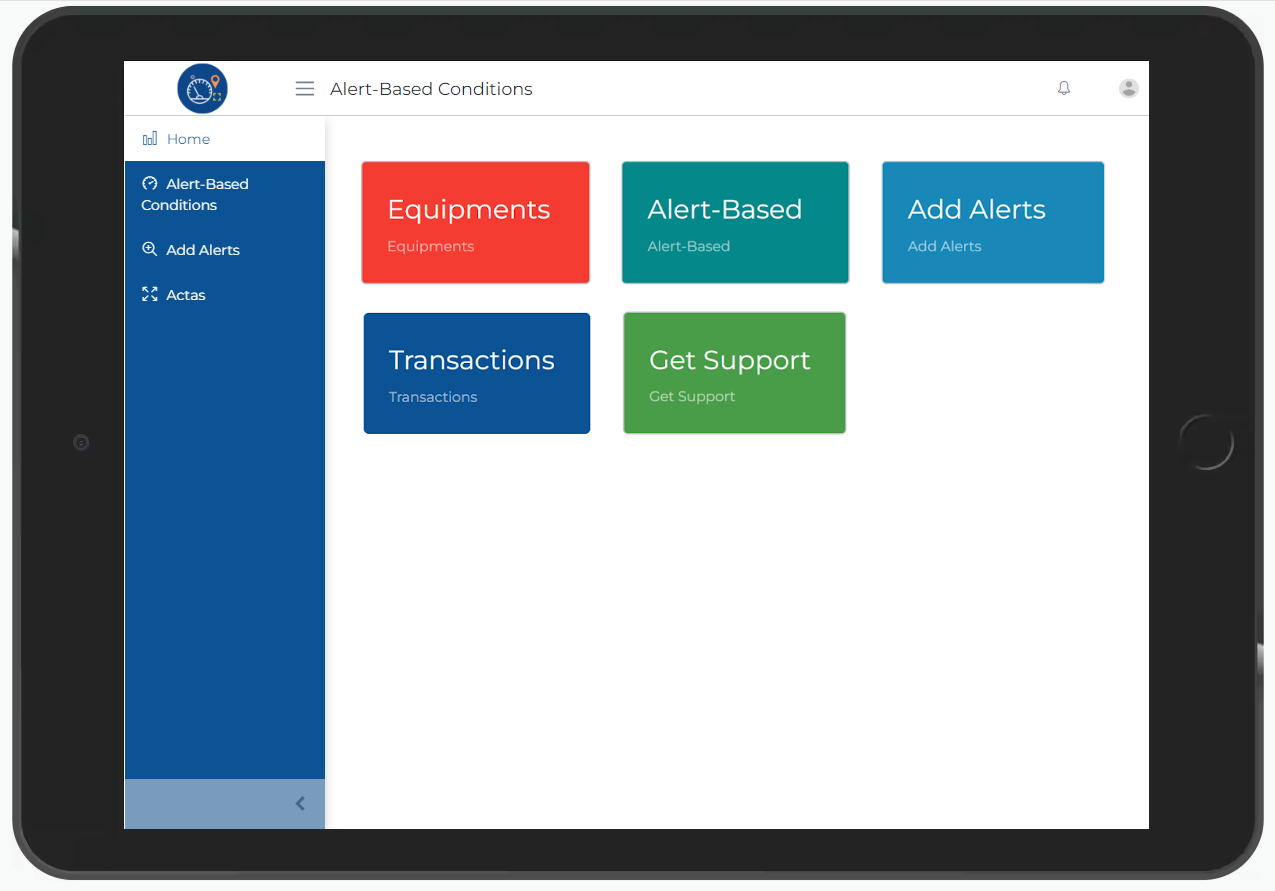
With this release of Swift, users can select the language of any application. Through the end-user languages drop-down list, app designers have the option of changing the application’s language. The Swift platform allows for the localization of apps using this functionality.
Simply click Edit Application from the end user interface.
A drop-down will appear where you can choose Select Language. The language of your preference is then available for selection.
Header Action Toolbar in Forms
With this release of Swift, users can now add header action in the toolbar. Each Icon directs you to the specified feature that you configure from the Swift Designer.
Simply choose as many Header Actions as you need to add in the Find Browse form. Plus, you can change the icon to match your preferences.

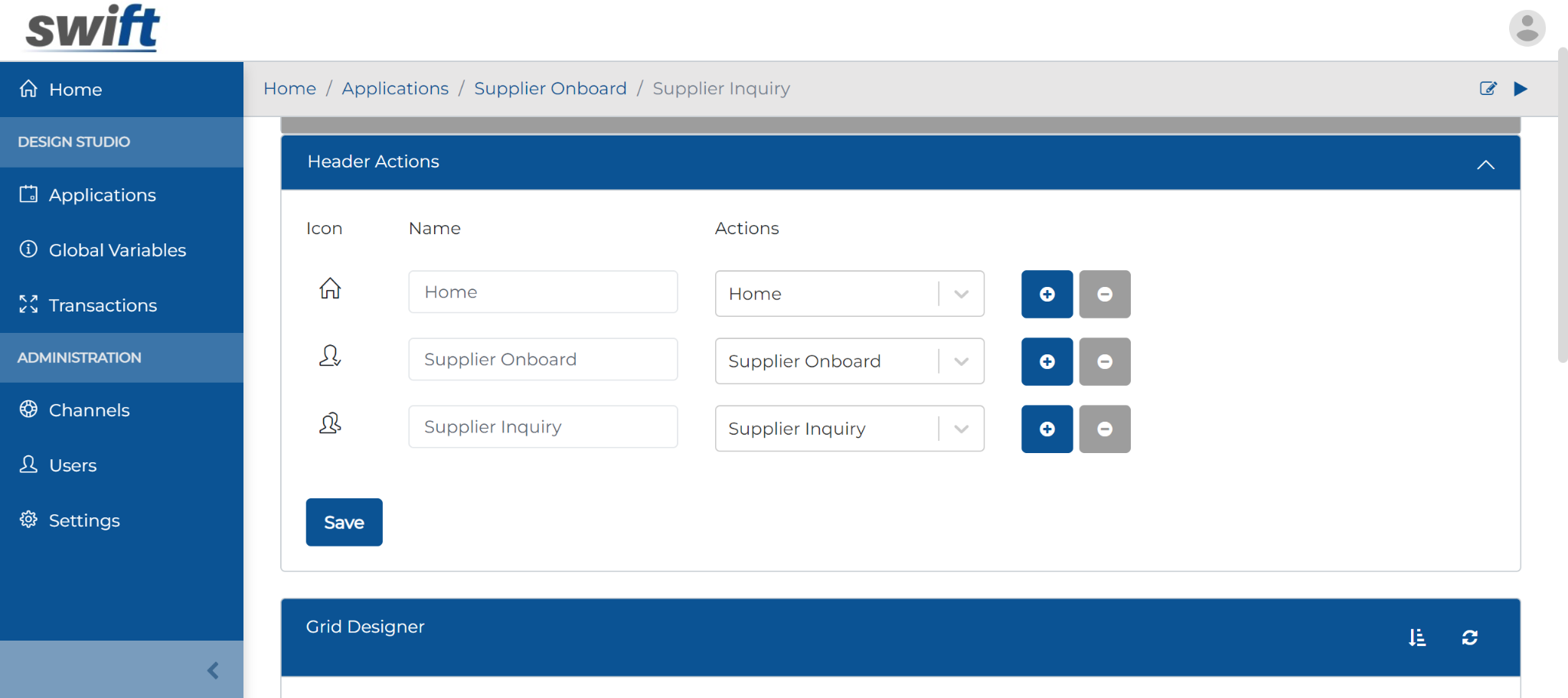
Dashboard Tiles in Swift
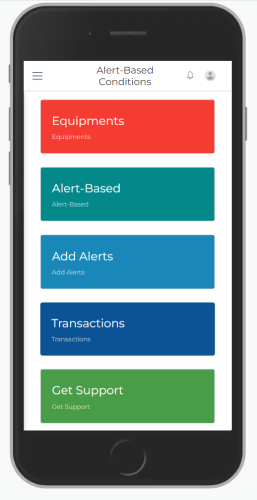
With this release of Swift, users can now use the static option to create multiple dashboard tiles that, when clicked, instantly take them to the specified feature that is already linked.
Simply choose the KPI option in the dashboard designer, click the edit icon, and then choose the static option for your desired dashboard.

Tag to Auto-Select Values for Scan
With this release of Swift, users can now use the tag to select relevant values according to their preferences. If the value is invalid, there won’t be any results and a “No record found” message will be shown.
Simply create the label fields in the search criteria, go to the control settings, and enable visibility.
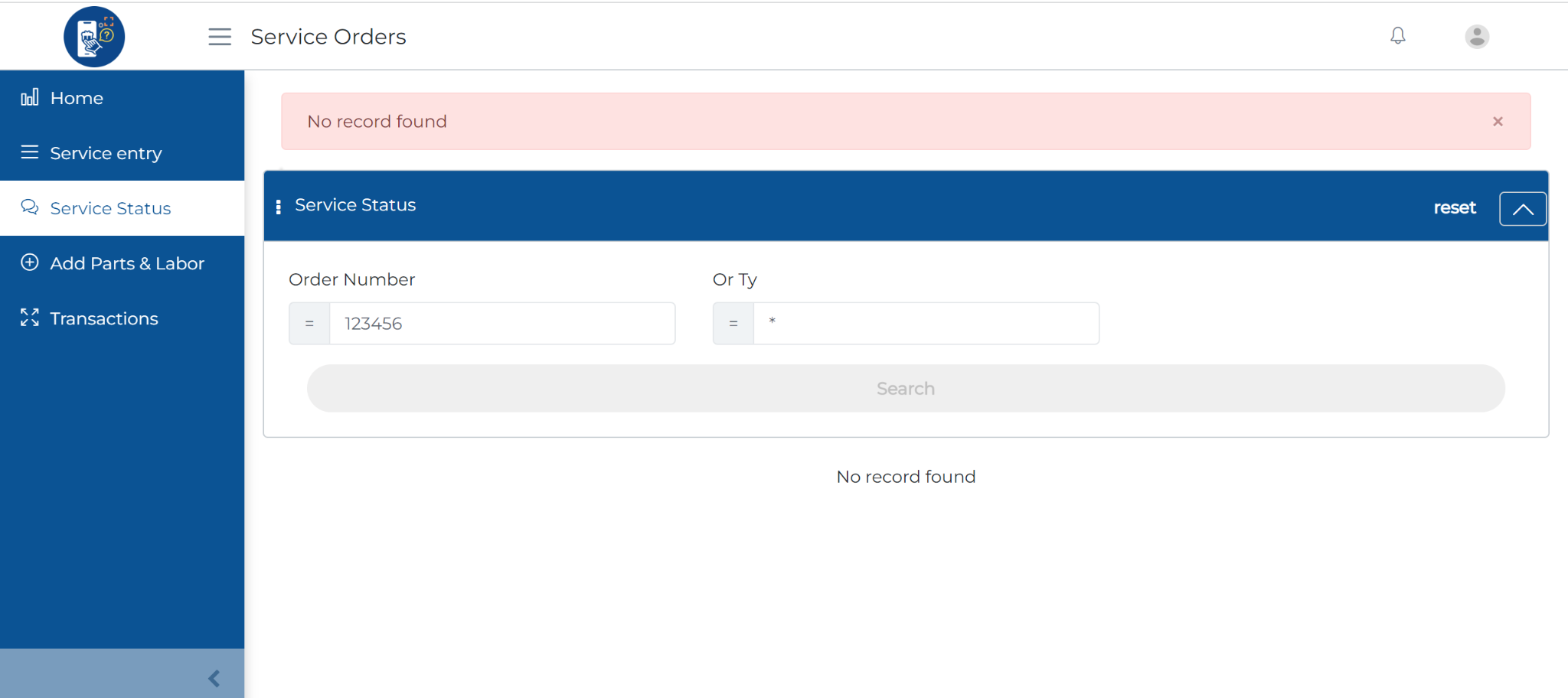
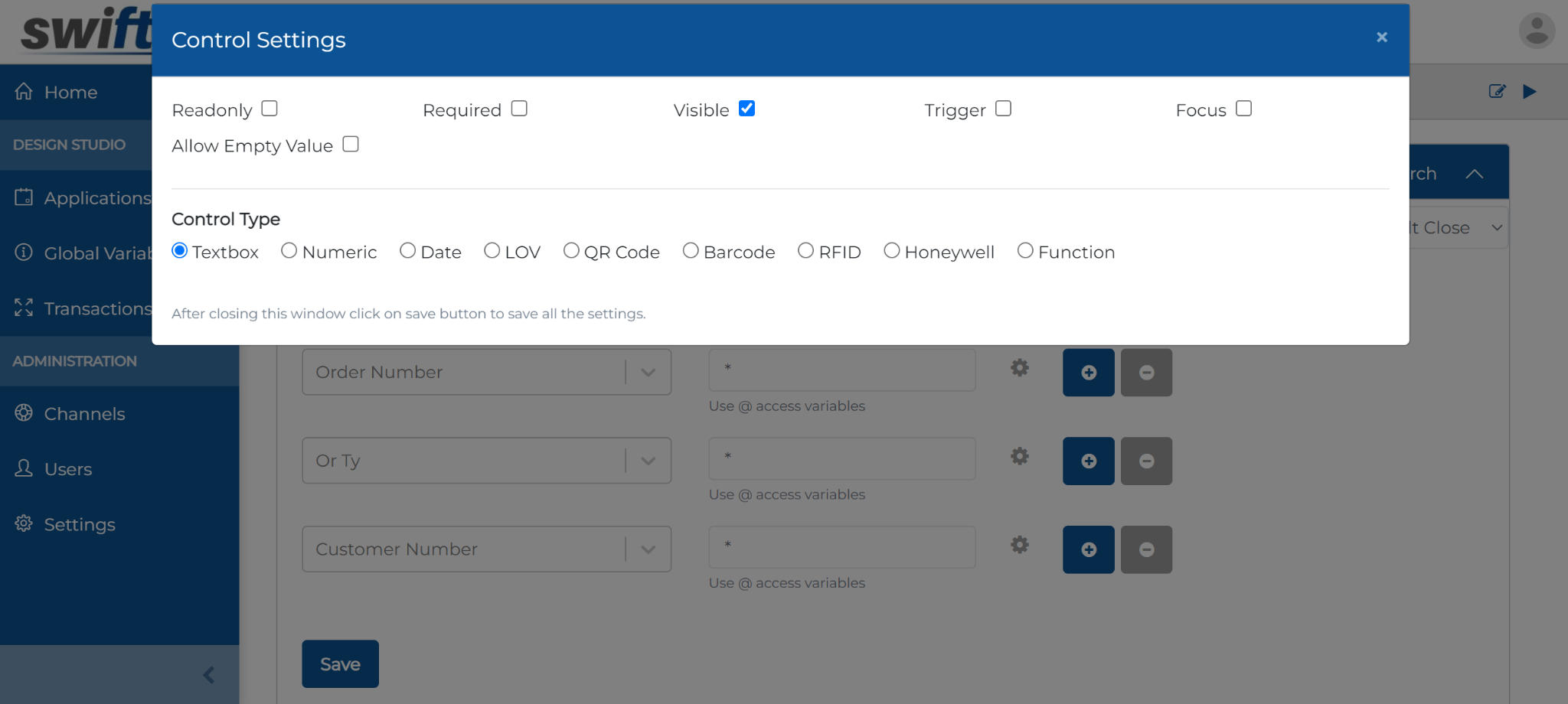
The ability to create “disposable” experimental processes and apps opens up the untapped potential of the enterprise to address business problems with an unprecedented agility and positive innovation energy.
How Swift provides the game-changing capability?
Most low-code, no-code platforms evolved as the next-phase of the original development tools, built a decade or two ago, and still follow the same development mindset in their DNA. Although they’ve tried their best to make them easy for the business analysts and the users, majority have fallen short.
To bring about the real paradigm shift and benefits of a low-code/no-code platform, a grounds-up rethinking was required to work at a meta-data level, and incorporate at the core of the architecture, the latest and greatest advancements in web and mobile technologies, integration, security, analytics and cloud-based server frameworks.
Get started with Swift
Get Started with Swift
Sign up for Swift Start and get a fully functional Swift instance, pre-integrated with a JD Edwards demo instance. You can explore the pre-built apps available on Swift App Store, customize them or create your own from scratch and share them with your peers.
Join Swift Online Training
Join us for the Online Training and learn to design, build, deploy and launch mobile and web apps in a matter of minutes, and how they are automatically integrated with JDE applications, orchestrations and databases without the need to write a single line of code.
Get Swift Certification
Swift Certified Consultants are responsible for designing, developing, launching, extending and managing Swift applications. Join some of the most innovative and reputed JDE professionals in the industry by getting your Swift functional or admin certifications.
